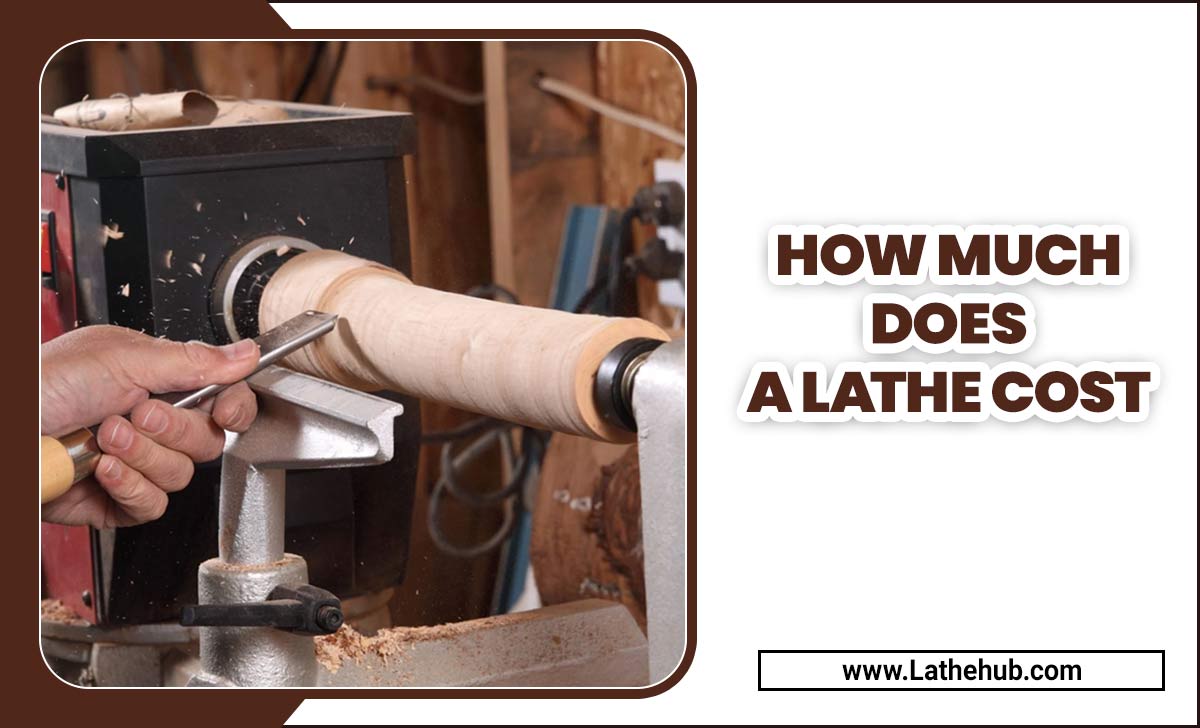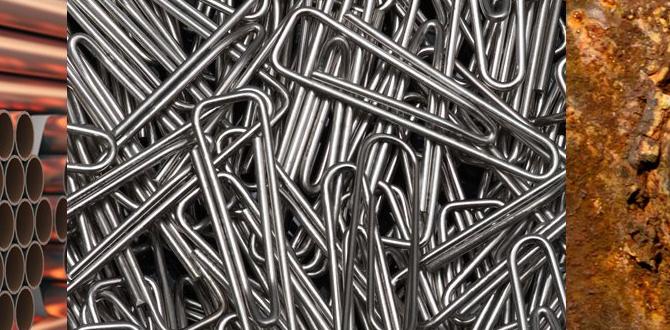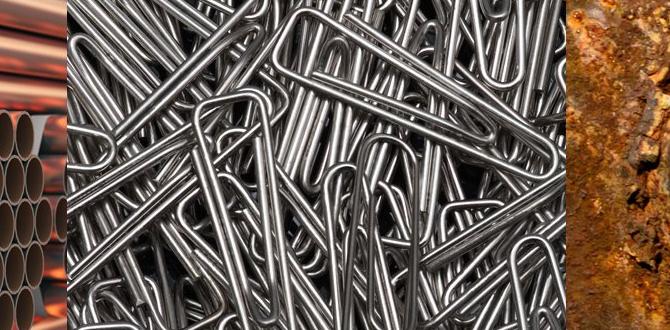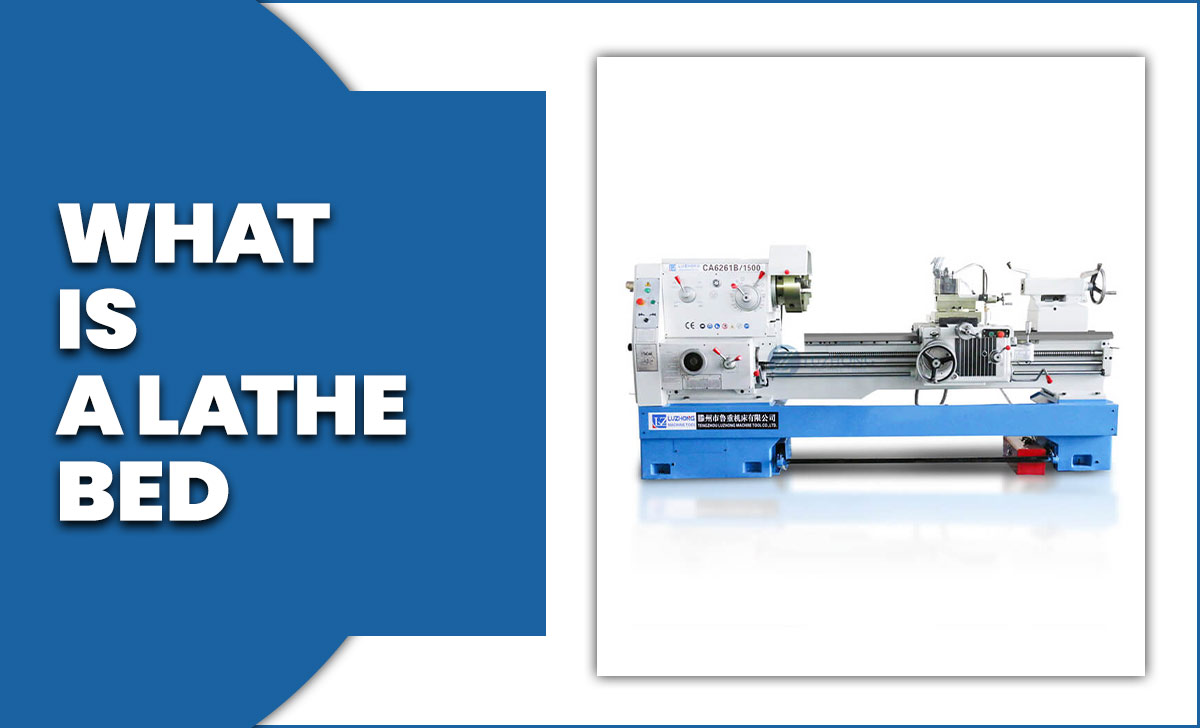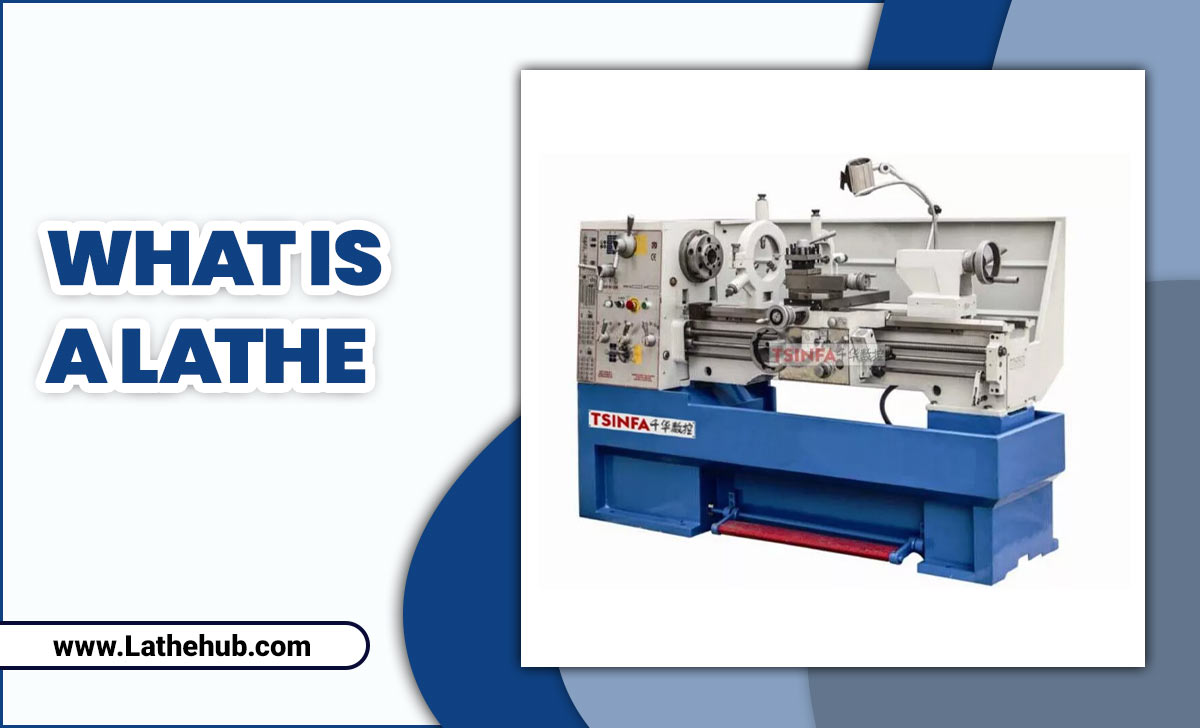A lathe machine is a powerful and versatile tool used in the manufacturing industry for shaping and cutting different materials such as wood, metal, and plastic.
It is a fundamental machine that has been around for centuries and is crucial in modern manufacturing processes. Understanding the various parts of a lathe machine is essential for anyone using or working with this equipment. Each part has a specific function and plays a vital role in the overall operation of the machine.
Here, we will delve into the different parts of a lathe machine, their functions, and why it is crucial to understand each part comprehensively. So, let’s dive into the world of lathes and explore the intricate details of this essential piece of equipment.
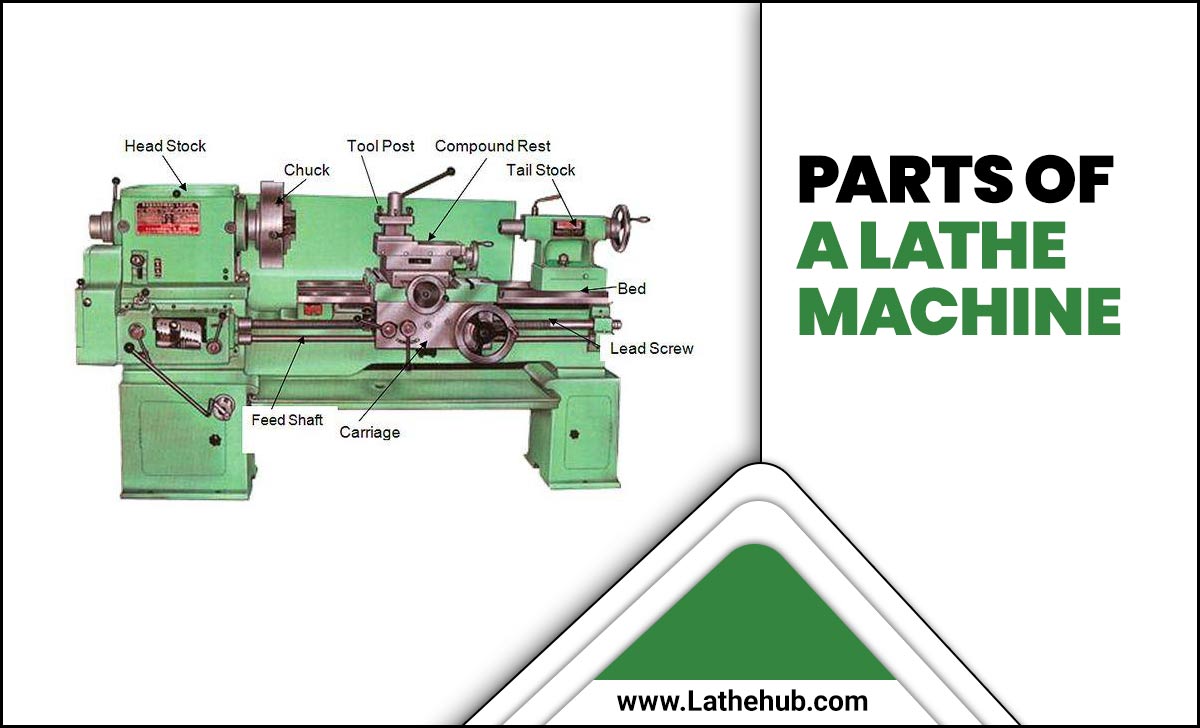
Essential Components Of A Lathe Machine

A lathe machine consists of several important components that perform cutting and shaping operations on workpieces. These components include the machine bed, headstock, tailstock, and carriage. Each of these parts plays a critical role in the overall functionality and precision of the lathe machine. Understanding the purpose and operation of each component is key to maximizing the machine’s potential and achieving accurate machining results.
The Machine Bed
The bed of the lathe machine serves as the foundation for all other parts of the lathe. It typically comes with cast iron due to its durability, stability, and vibration-dampening properties. The bed provides a flat, rigid surface supporting the headstock, tailstock, and carriage. Its configuration and design contribute to the lathe’s overall stability, accuracy, and precision during machining operations. Proper bed lubrication is essential to ensure smooth carriage movement along the bed and minimize friction between the moving parts.
The Headstock
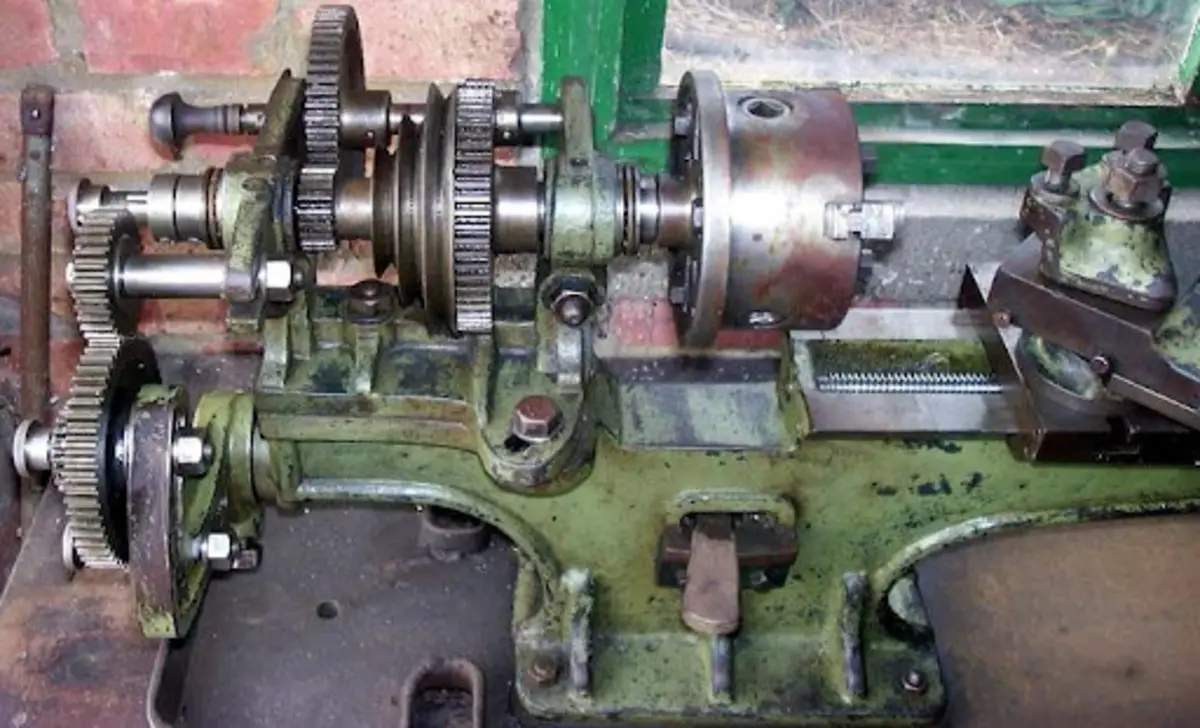
The headstock, located at the end of the lathe machine opposite the tailstock, houses the main spindle. The main spindle is the rotating powerhouse of the lathe, providing the rotational power required for machining operations.
The headstock accommodates various chucks, which securely hold and rotate the workpiece during cutting and shaping. With a direct drive mechanism, the main spindle ensures efficient power transmission from the motor to the chuck. Proper maintenance of the headstock is crucial for the lathe’s precision and efficiency.
The Tailstock
The tailstock is positioned at the end of the lathe, opposite the headstock, and supports the machined workpiece. It helps achieve precision by reducing workpiece deflection during machining operations. The tailstock quill, which can be adjusted to accommodate the length of the workpiece, provides additional support and stability.
Proper alignment of the tailstock is essential to ensure accurate machining results. The tailstock’s handwheel allows for precise control of the quill’s longitudinal movement, enabling the machinist to fine-tune the positioning of the workpiece.
The Carriage
The carriage is a crucial component of the lathe machine that facilitates the movement of the cutting tool relative to the workpiece. It consists of the cross slide, compound rest, and tool post, which control the cutting operations.
The cross slide allows the cutting tool to move perpendicular to the lathe’s bed, enabling precise machining along the workpiece’s length. The compound rest provides an additional axis of movement, allowing for angled cutting or taper turning. You can adjust the tool post to various angles and positions to hold the cutting tool, providing versatility in machining operations.
The Operational Parts Of A Lathe Machine

Now that we have covered the essential components of a lathe machine let us delve into the operational parts that make the machine come alive. These parts are responsible for cutting, shaping, and drilling the workpiece. A lathe machine is a versatile tool that is handy in metalworking and woodworking industries.
It consists of a rotating spindle that holds the workpiece and a cutting tool that moves along the length of the workpiece to shape it. Understanding the functions and characteristics of these parts is crucial for achieving precision and efficiency in machining operations. Here are some details on the Parts of a Lathe Machine.
Understanding The Machine Bed: The Foundation Of A Lathe Machine
The machine bed is the base of the lathe machine, providing a sturdy foundation for the other components. Its rigidity and stability are crucial for the lathe’s precision and accuracy during operations. The machine bed is typically cast iron, providing excellent vibration-damping properties and helping minimize tool chatter.
Stability is of utmost importance in lathe machining, as any flexing or movement of the machine bed can result in poor surface finish and inaccurate dimensions on the workpiece. Proper alignment and maintenance of the machine bed are essential to ensure optimal machining performance.
The Main Spindle: Rotating Powerhouse Of The Lathe
The main spindle is the heart of the lathe machine, providing the rotational power required for cutting, shaping, and drilling operations. The chuck mounts within the headstock and engages with the workpiece. The lathe machine’s motor and drive system control the main spindle’s rotational speed, direction, and power transmission.
The precision and smoothness of the main spindle’s operation are critical for achieving accurate cuts and finishes on the workpiece. Regular maintenance, including lubrication and alignment, is necessary to keep the main spindle in optimal working condition.
Mastering The Chuck: Holding And Rotating The Workpiece
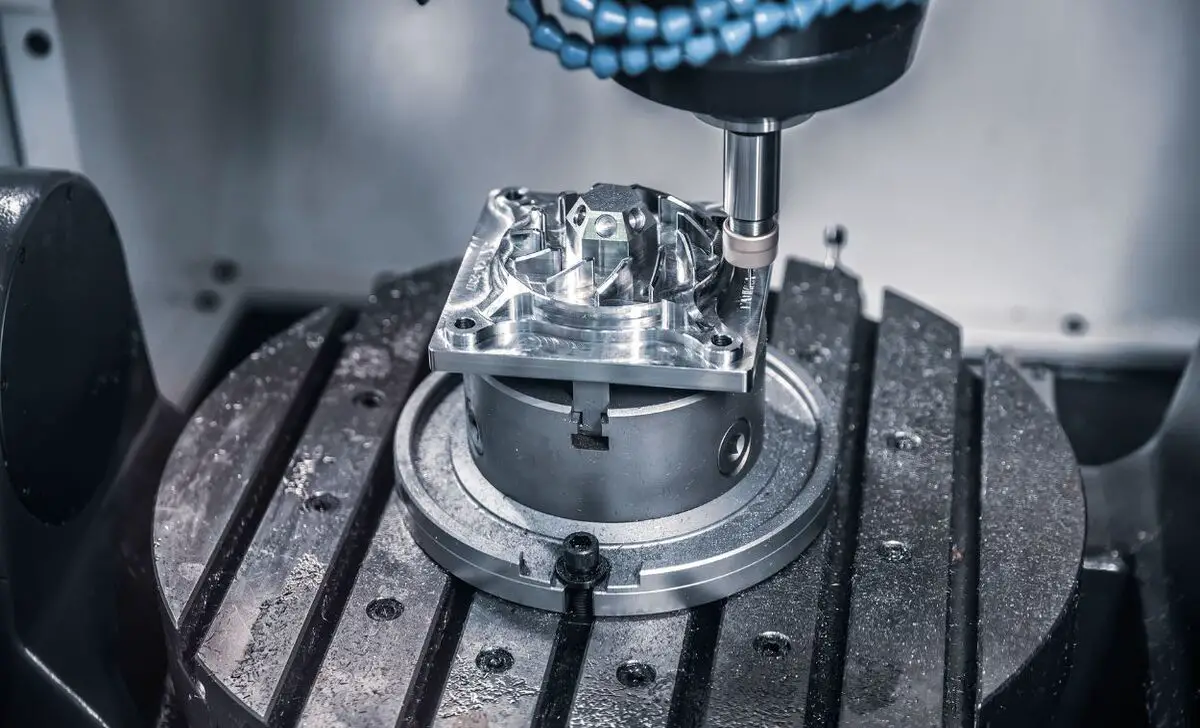
The chuck is a vital component of the lathe machine, responsible for securely holding and rotating the workpiece during machining operations. It is typically mounted on the main spindle and comes in different types, such as three-jaw, four-jaw, and collet chucks. The chuck grips the workpiece, allowing the cutting tool to shape, cut, or drill the workpiece as it rotates.
Proper installation, alignment, and tightening of the chuck ensure the workpiece’s stability and accuracy during machining. Depending on the specific machining requirements, different chucks offer various advantages, such as increased gripping strength, better concentricity, or faster workpiece changes.
Navigating The Guide Way: Ensuring Smooth Movement Of The Carriage
The guideway, also known as the lathe bed, provides the surface for the carriage to move along, guiding the cutting tool’s path. The guide way is precision-machined to ensure smooth carriage movement, and it is essential for maintaining the lathe’s accuracy and precision.
Proper lubrication of the guideway and the carriage’s sliding surfaces is crucial to reduce friction and ensure smooth operations. Any irregularities or wear on the guideway can result in the carriage binding or uneven cutting, leading to poor machining quality. Regular inspection and maintenance of the guideway are necessary to ensure optimal performance.
The Headstock: Where The Main Spindle Is Mounted
The headstock of the lathe machine is where the main spindle is mounted, providing the rotational power necessary for the machining process. It is usually located on the left side of the machine, opposite the tailstock.
The headstock houses the main spindle, which engages with the chuck to hold and rotate the workpiece. The power transmission from the motor to the main spindle occurs within the headstock, allowing for precise rotational speed and direction control. Proper maintenance of the headstock, including lubrication, alignment, and belt tension, is essential for optimal machining performance.
The Tailstock: Supporting The Workpiece At The Other End

The tailstock is an integral part of the lathe machine, located at the end of the lathe opposite the headstock. It supports and stabilizes the machined workpiece, especially when machining long workpieces or performing taper-turning operations. You can adjust the tailstock quill to accommodate the length of the workpiece, ensuring that it remains properly supported during machining.
Proper alignment of the tailstock with the lathe bed is crucial for accurate machining, as any misalignment can result in irregular cuts and poor workpiece accuracy. Regular lubrication of the tailstock handwheel and quill is necessary to ensure smooth movement and precise control.
Utilizing The Tool Turret: Efficiently Changing And Holding Tools
In lathe machines equipped with a tool turret, tool changes are made more efficient and streamlined. The tool turret is a rotating assembly that holds multiple cutting tools, allowing the machinist to select the appropriate tool for the desired operation quickly. With the tool turret, the machinist can avoid time-consuming manual tool changes, significantly reducing the setup time and increasing productivity.
The tool turret securely holds the cutting tools, preventing tool slippage during machining operations. This is especially beneficial when machining complex workpieces that require multiple tools in a single operation. Proper programming, setup, and maintenance of the tool turret are necessary to maximize its benefits and ensure precision machining results.
The Importance Of Each Part
Understanding the significance of every lathe machine part is crucial for efficient operations. Each component contributes to the overall functionality and machining process, which is vital to efficient machining. Ensuring smooth and precise operations is of utmost importance for these parts. Recognizing the role of each part is essential for effective machining, emphasizing the critical contribution of every component to the overall machining process.
The Working Principle Of A Lathe Machine
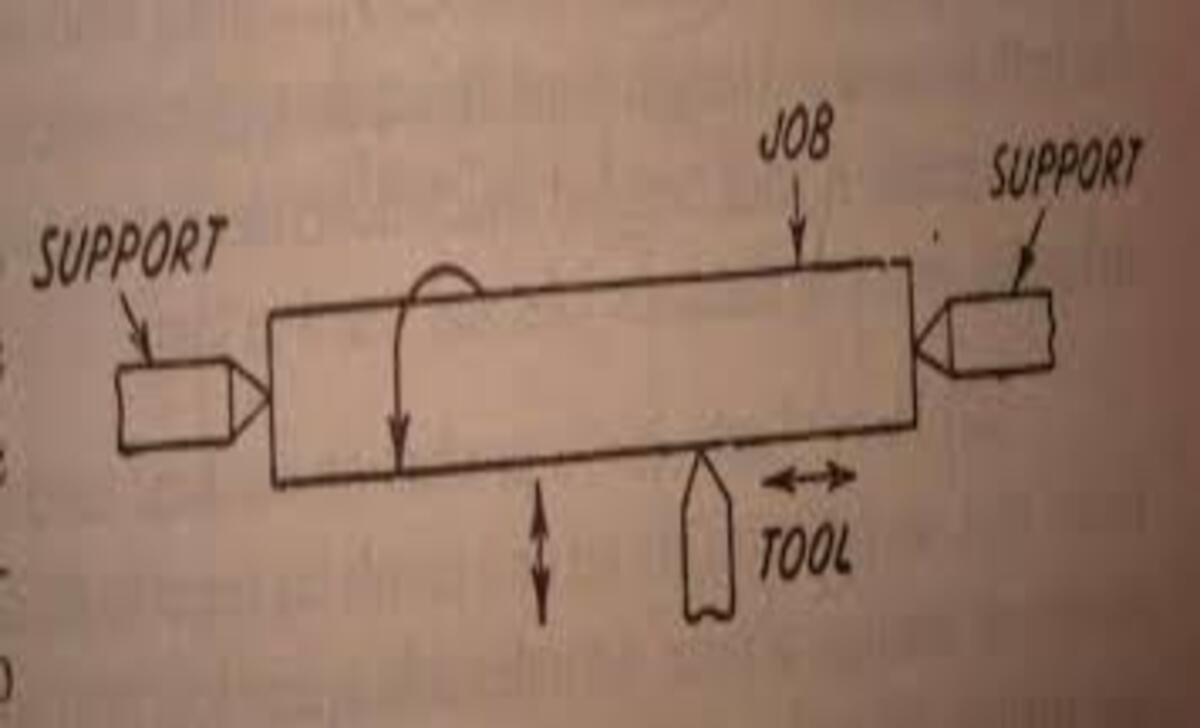
The rotational power of the main spindle is central to the working principle of a lathe machine. Fundamental to its operations, this principle is the cornerstone of the machine’s functionality. Understanding the working principle of a lathe machine is essential for anyone operating it. It revolves around the main spindle’s rotational power, which drives the various operations of the machine. This rotational power drives the drill bit’s cutting edge and determines the work’s length.
Exploring The Various Operations Of A Lathe Machine
A lathe machine is a versatile tool that allows for the execution of various operations with precision and efficiency. Turning is one of the primary operations performed on a lathe machine, which involves rotating the workpiece against a cutting tool to create cylindrical shapes.
Facing is another commonly performed operation, where the cutting tool is moved perpendicular to the workpiece to create a flat surface. On the other hand, drilling involves creating holes in the workpiece using a drill bit. Additionally, a lathe machine can perform more advanced operations such as boring, which enlarges existing holes, and reaming, creating a smoother and more precise hole.
Lastly, knurling is an operation used to create a textured pattern on the workpiece for improved grip. The lathe machine is an essential tool in various industries with its diverse range of operations.
How Does The Lathe Machine Contribute To Different Industries?
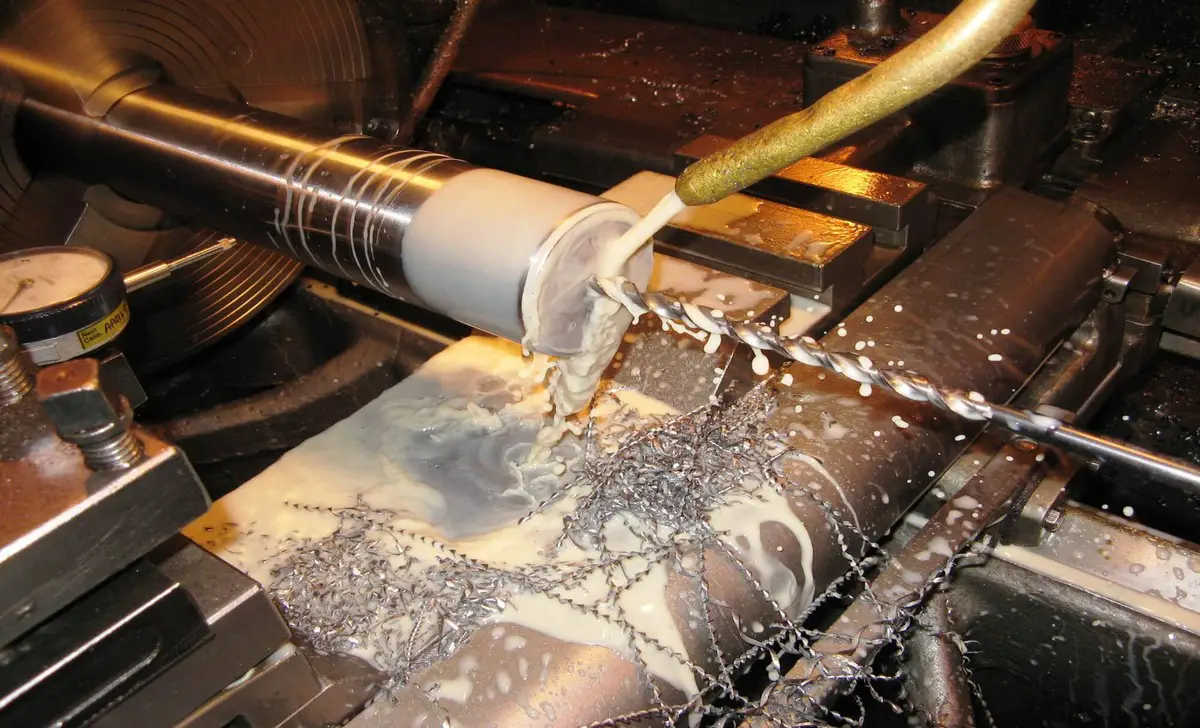
Lathe machines are essential in several industries, including manufacturing and aerospace. Their versatility makes them indispensable for efficient and accurate operations. These machines are handy across different sectors, contributing to the machining of components and parts in diverse industries such as automotive, construction, medical devices, and more.
The ability to shape metals and other materials using a lathe machine allows manufacturers to create intricate shapes and designs with high accuracy, making them an integral part of modern manufacturing processes. Moreover, using automated lathes has increased efficiency while reducing labor costs in several industries.
Conclusion
Understanding the different parts of a lathe machine is crucial for anyone interested in machining. Each component plays a vital role in the machine’s operation and functionality. Each part has significance from the machine bed providing stability to the headstock and tailstock supporting the workpiece.
By familiarizing yourself with operational parts like the central spindle and tool turret, you can efficiently utilize the machine for various operations across industries. The lathe machine is essential for turning, facing, drilling, or other tasks.
Whether you’re a novice or an experienced machinist, knowing the different parts of a lathe machine is essential for accurate machining. Keep exploring its possibilities and applications, and feel free to reach out if you have any questions or need guidance.
Frequently Asked Questions
1.What Are The Parts Of A Lathe Called?
Ans: A lathe machine comprises a bed, headstock, tailstock, carriage, and tool post. The bed is the base, the headstock houses the motor and spindle, the tailstock supports the workpiece’s opposite end, the carriage controls cutting operations, and the tool post holds and adjusts cutting tools.
2.What Is The Structure Of A Lathe Machine?
Ans: A lathe machine comprises a bed, headstock, tailstock, and carriage. The bed provides support, while the headstock powers the rotation of the workpiece. The tailstock supports the other end of the workpiece and can be adjusted for different lengths.
3.What Are The Parts Of The Lathe Machine?
Ans: A lathe machine comprises a bed, headstock, tailstock, carriage, and tool post. The bed is the base, while the headstock holds the spindle and motor. The tailstock supports the workpiece. The carriage carries the cutting tool and moves for cutting operations.
4.What Are The Main Parts Of A Lathe Machine?
Ans: The main components of a lathe machine are the bed, headstock, tailstock, and carriage. The bed is the foundation, while the headstock holds the rotating spindle for gripping the workpiece. You can adjust the tailstock to support the opposite end of the workpiece for different lengths.
5.What Are The Major Types Of Lathe Machines?
Ans: The major types of lathe machines include engine lathes, turret lathes, and CNC lathes. Engine lathes are versatile and commonly used for various applications, while turret lathes can perform multiple operations without resetting the workpiece. CNC lathes utilize computer programming for precision and automation.


